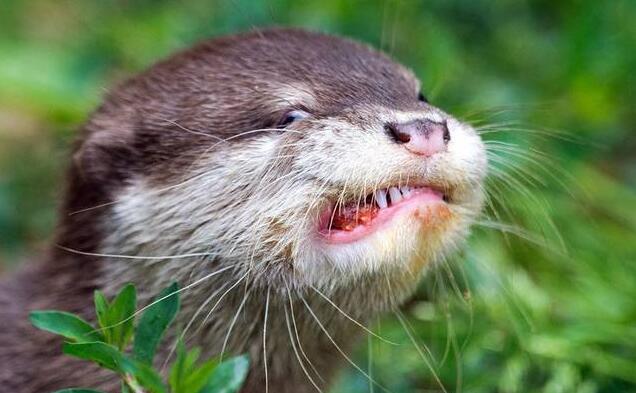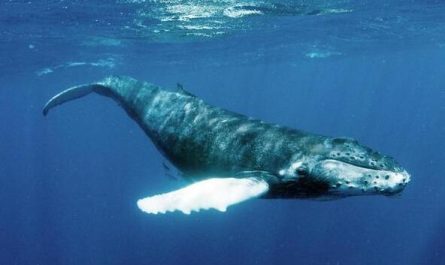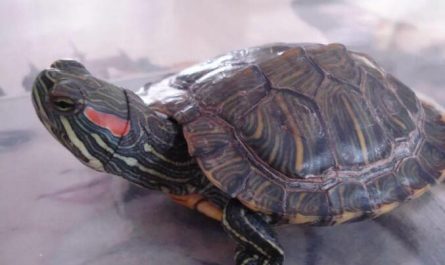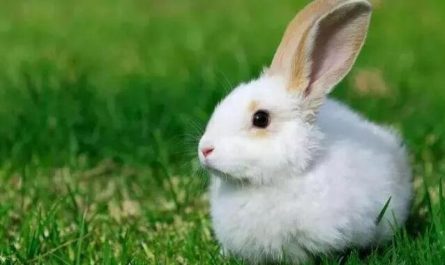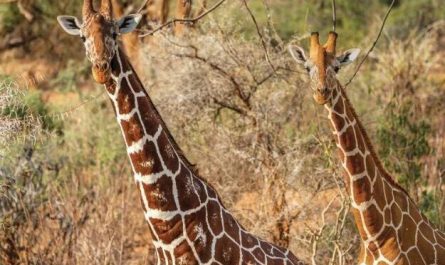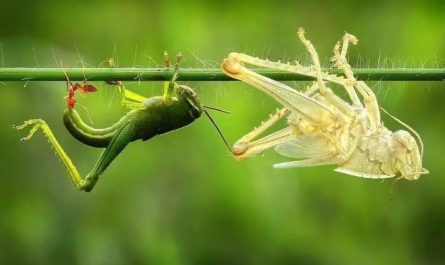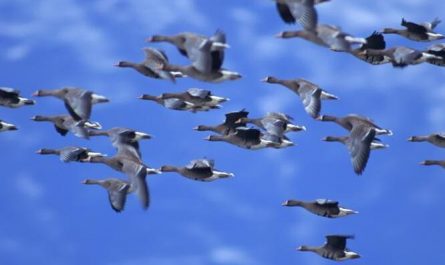The reason why otters are nocturnal animals
Otters choose to walk at night because of their fear of the living environment and an act of avoiding enemies. This is the reason for the difference between nocturnal animals and diurnal animals.
Otters live in many burrows, rest during the day and go out at night. Except for the mating period, they usually live alone. They are good at swimming and diving. They have a keen sense of hearing, vision, and smell. They have a mixed diet. They can mate throughout the year. Each birth is 1 -5 Aberdeen, mainly inhabits rivers and lakes, and especially likes to live in the lush forests on both sides of the rivers and rivers. It is distributed in a very wide range and has its traces in Asia, Europe, and Africa.
The otter has been included in the 2015 Red List of Endangered Species of the World Conservation Union (IUCN).
Life habits of otters
The otter hides in the cave during the day to rest and comes out at night. Except for the mating period, they usually live alone. In order to find more food, in addition to the breeding season, they often migrate, from one river to another, or from upstream to downstream.
Otters are proficient in water, good at swimming and diving. Their soft body and thick tail can reduce the resistance to movement in the water. When swimming in, the forelimbs are close to the body, and the hindlimbs and tail are used to push the water. At the same time, it also acts as a rudder to make the body It undulates in waves, and looks like an eel. The swimming speed is very fast, it can swim more than 50 meters per minute, and the lifting and turning are very flexible. In the water, it moves forward and backward, left and right, and rolls freely. I also like to swim like a circle, rolling up the bottom of the water. Small fishes in mud or water will jump on the water like dolphins in emergency.
Snorkeling can be up to 4-5 minutes underwater, and the diving distance is quite long. Hearing, vision, and smell are all very keen, and the valves that can close the nostrils and ear holes in the water can prevent water from entering. When swimming near the water, they are accustomed to showing their head, back and tail, so they are often mistaken for water monsters.
Sometimes I lie on my back and withdraw my feet, floating on the water and drifting with the flow. Otters love to play very much. They often stand up by treading water, leaving their head and neck out of the water, doing movements to watch the distance, or climbing up and down the slope of the river embankment, sliding on the ice and snow, rolling, etc. These behaviors It makes its response more acute and makes its hunting skills more exquisite.
However, it is not good at walking on land. It mainly uses its abdomen against the ground to crawl forward, slide, roll, and jump intermittently, as well as stumblingly roaming on thin ice or shallow snow. When encountering enemies, it immediately goes into ice caves or Fleeing under the snow. When meeting the light, it does not stay for a while like other nocturnal beasts, but looks back while running away, showing a strange appearance.
Otters live in many burrows, but generally do not have fixed burrows. The mother animal settles while feeding her cubs. The nests are selected in the cracks of the embankment or under the roots of trees, and they are dug by themselves or repaired by old nests of foxes, badgers and hares. The cave generally has two openings, and the entrance and exit are generally below the water surface, with a diameter of about 50cm. The other hole extends out of the ground as an air hole to facilitate air circulation. The depths of the tunnels vary from several meters to 20-30 meters. The main hole in which it inhabits is wide and often covered with branches of hay. If the river floods the cave after the rain, it will migrate to the dense bushes on the ground.
Otters’ food is mainly fish. They often eat the fish they catch. They also catch small birds, beasts, frogs, shrimp, crabs and crustaceans, and sometimes they eat part of plant food. I like to dive into the water from the shore or river cliffs to chase fish, but the most commonly used hunting method is ambushes, especially in winter. They often hide in ice caves, waiting for the fish to swim over and suddenly rush out to prey. When waterfowls are found swimming slowly on the surface of the water, they will also dive close from underwater, then bite their prey and eat it slowly.
